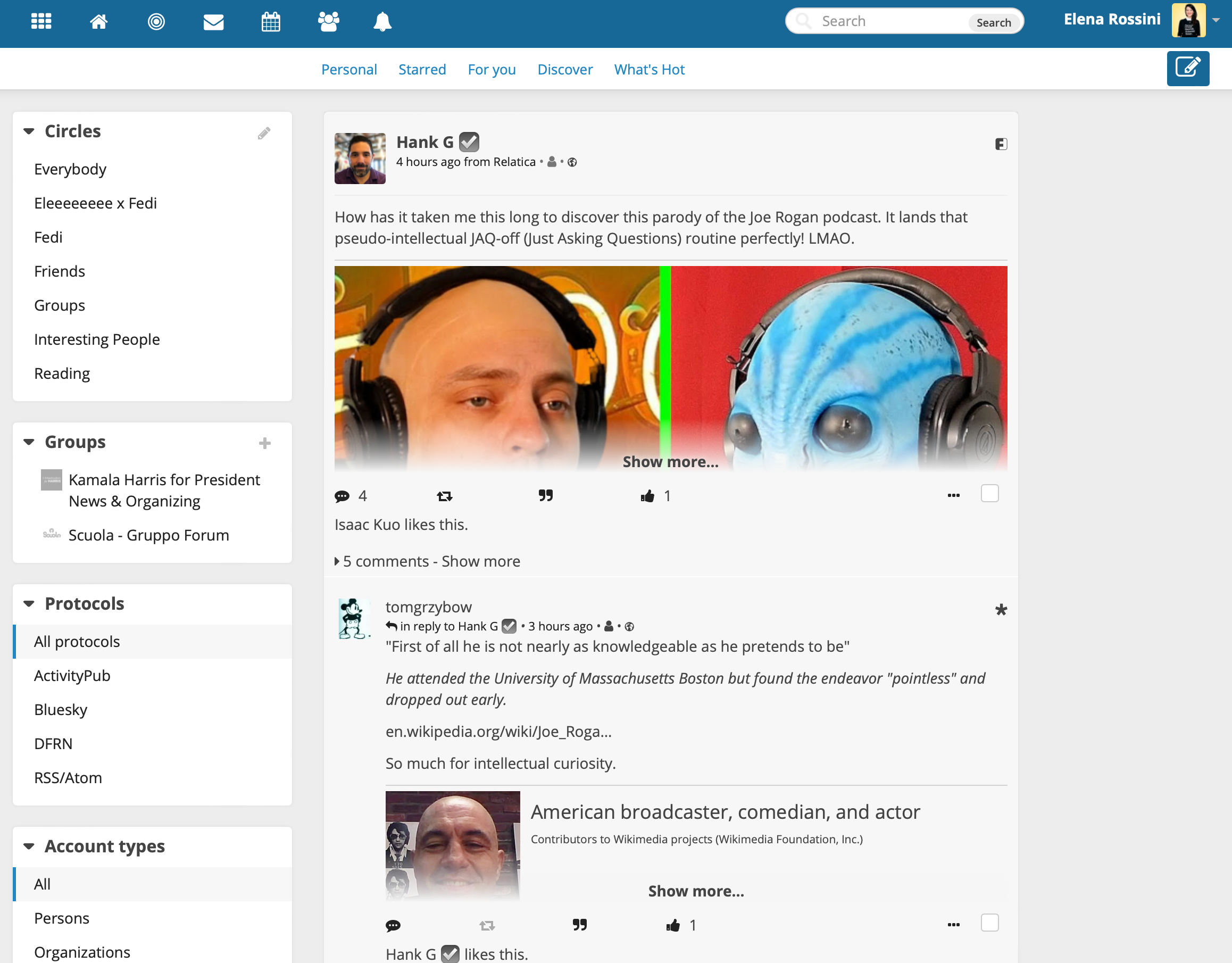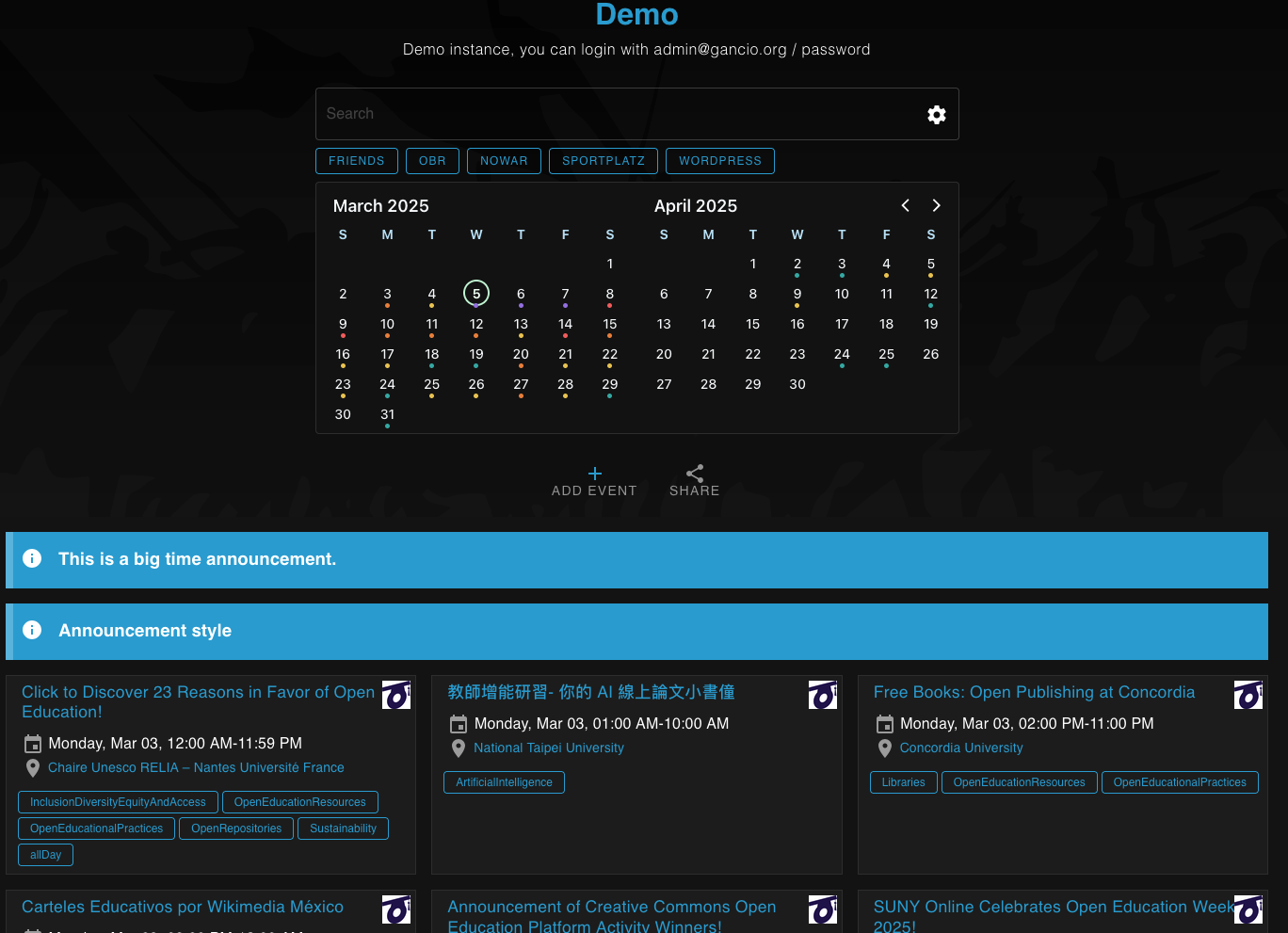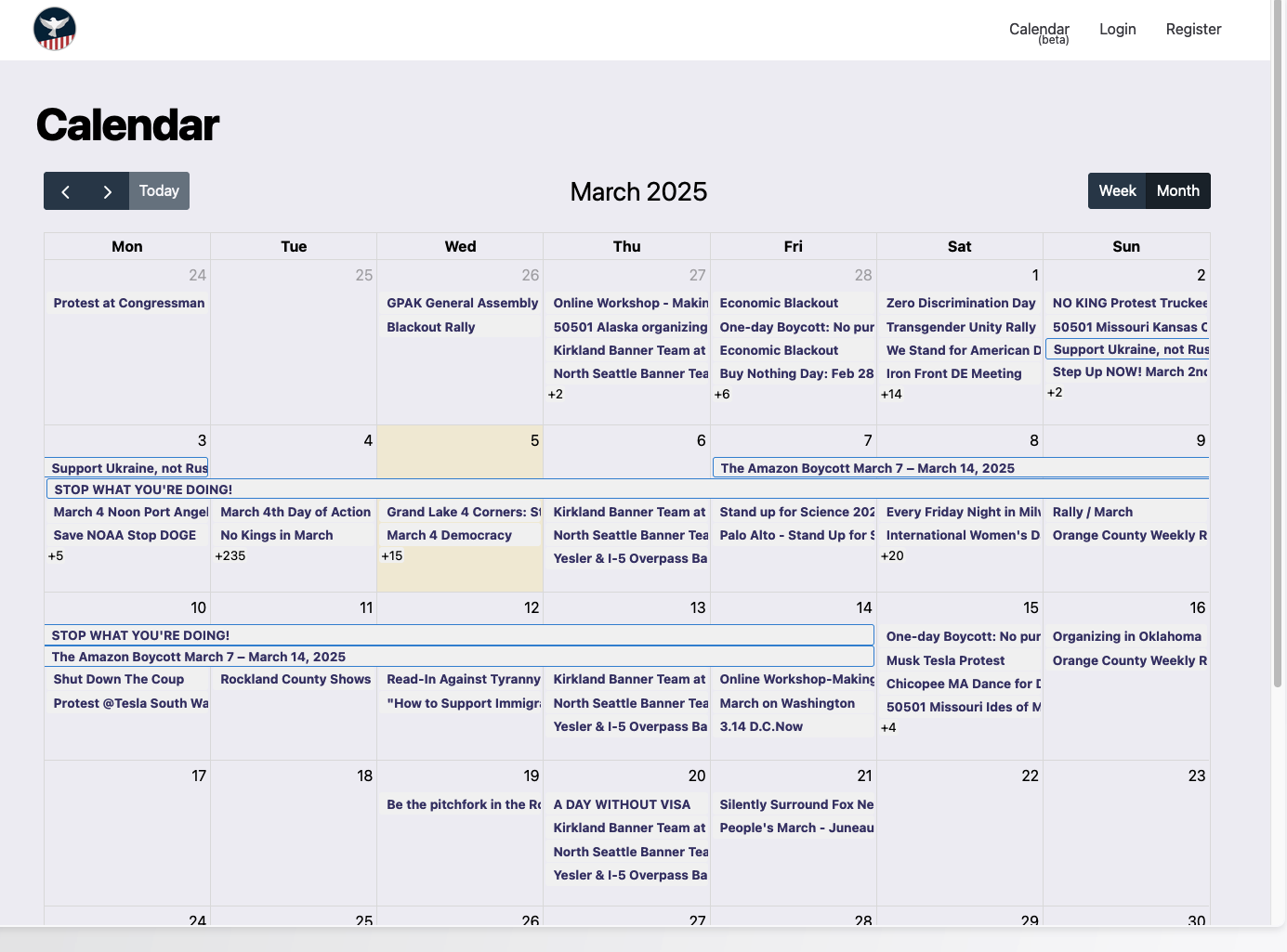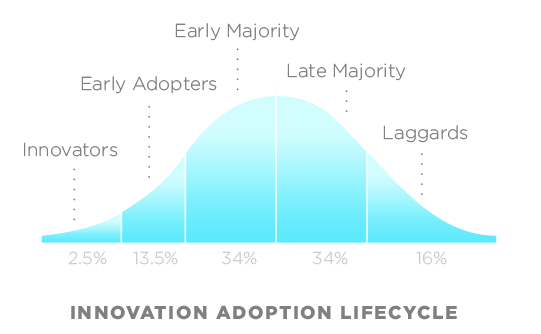Island Calendar Solutions
In continuing to speak with people on the island, the glaring unmet need is for an island-wide event calendar. I also bear witness to a very strong desire to rid ourselves of corporate social media, with multiple people I’ve spoken to already taking steps.
Here’s an exploration of what exists in this realm, and how the off-the-shelf event/calendar ActivityPub enabled open source projects stack up to the island needs.
Friendica is one of the more popular ActivityPub applications. In essence it’s a Facebook.com alternative that prizes itself on also being a bridge to and from other social networks. It would probably be one of the most understandable to onboard people onto because it would be the most recognizable. A negative is that it’s a bit overwhelming because it can do so much stuff.



At this point I believe Gancio powering the calendar would be a good choice as it offers the simplest execution of the biggest need. That said, it’s insufficient in and of itself as a community social media solution.
I think pairing Gancio with another ActivityPub enabled solution would be the trick. That could be a microblogging option like Mastodon or Pleroma, Gancio combined with Friendica or any number of other potential applications in the Fediverse.
There’s also loads of other considerations at play, such as what language the services are written in, what application clients exist, how committed the teams are, etc. Additionally, while the island community uses a LOT of Facebook and Instagram, there’s way fewer people interested in Twitter style microblogging. So all this is a very surface level exploration.
One note, integrations between ActivityPub enabled services either directly on the back end, or just using the power of ActivityPub!
Feature Idea It’s lonely and off putting to sign into things and have to immediately find people. Since people are signing into a community social network, every account ought to be seeded with people to follow, probably organizations. You could also have a few “ambassadors” in the community who would be seeds for people signing on.
editors note It’s taken me the whole post to figure out how to consistently spell calendar. Embarrassing.


